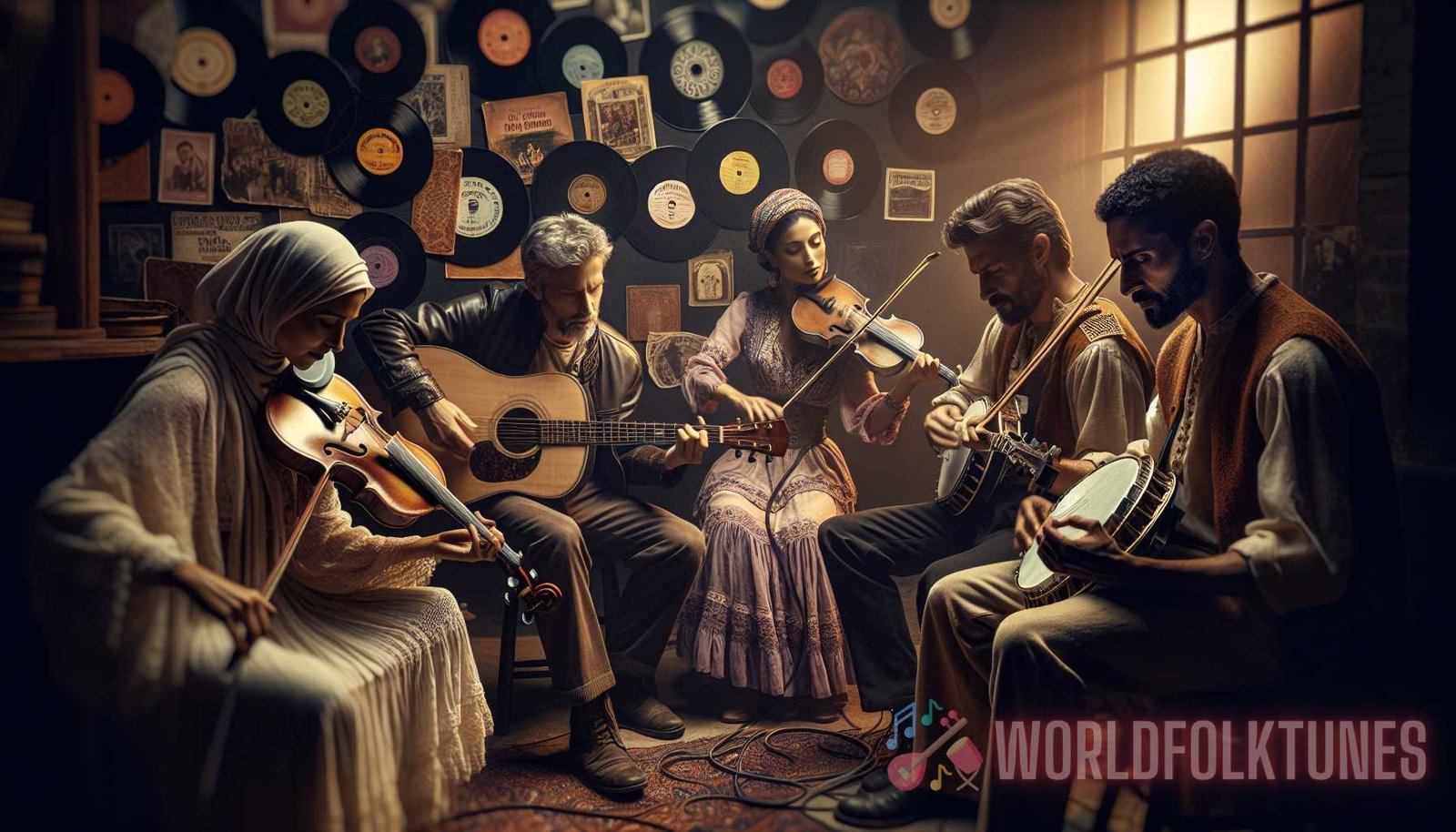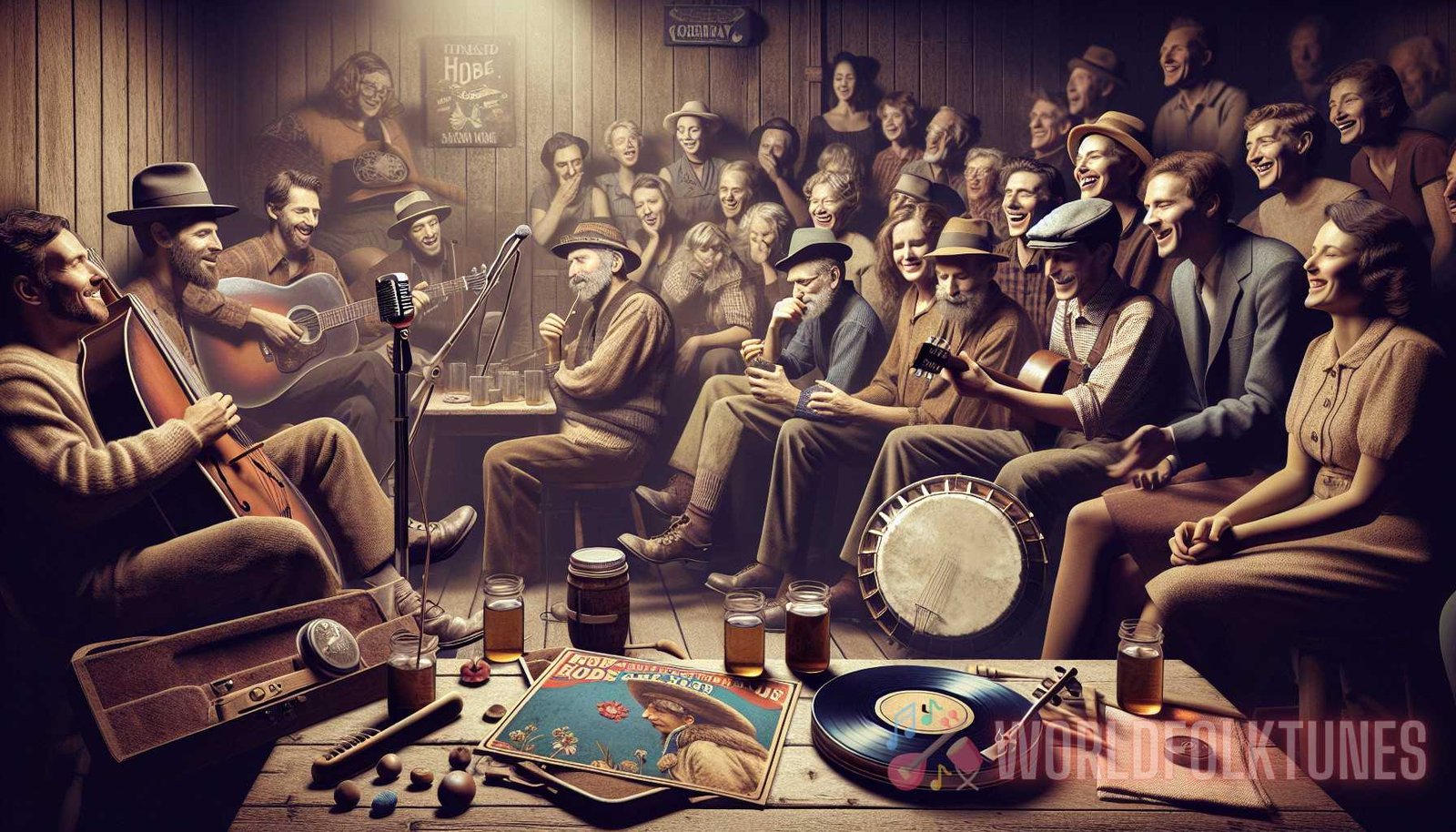Introduction
Folk music is a genre that has stood the test of time, captivating audiences with its timeless melodies and resonant lyrics. It is a genre that has evolved over the years, embracing new influences while preserving its traditional roots. In live performances and albums, folk musicians have the unique ability to metamorphose traditional melodies, breathing new life into them while honoring their origins. In this article, we will explore the essence of folk resonance, examining its significance, evolution, and impact on listeners.
The Significance of Folk Resonance
Folk music has a unique way of resonating with listeners on a deep emotional level. Its simplicity, honesty, and authenticity strike a chord with people from different walks of life. The familiar melodies and relatable lyrics create a sense of connection and nostalgia, transporting listeners to a different time and place.
The timeless resonance of folk can be attributed to several factors:
- Oral Tradition: Folk music has its roots in oral tradition, where songs and stories were passed down through generations. This oral transmission ensured that the essence and authenticity of the music remained intact.
- Cultural Identity: Folk music serves as a repository of a culture’s history, traditions, and values. It reflects the collective identity of a community or region, providing a glimpse into its heritage.
- Simplicity and Universality: Folk melodies are often simple and easy to learn, making them accessible to a wide range of people. The universal themes explored in folk songs, such as love, loss, and social issues, resonate with listeners across different cultures and backgrounds.
Together, these factors contribute to the enduring appeal and resonance of folk music, making it a cherished genre that continues to captivate audiences around the world.
The Evolution of Folk Resonance
Over the years, folk music has undergone a metamorphosis, incorporating new influences while staying true to its traditional roots. This evolution can be witnessed in both live performances and albums, where musicians reinterpret and reimagine traditional melodies.
One notable aspect of this evolution is the fusion of folk with other genres, resulting in a rich tapestry of sounds and styles. Folk rock, folk-pop, and indie folk are just a few examples of the diverse subgenres that have emerged through this fusion. These subgenres bring a contemporary twist to folk music, attracting younger audiences while keeping the essence of folk resonance intact.
Another aspect of the evolution of folk resonance lies in the instrumentation and arrangements used in live performances and albums. While traditional folk music often relied on acoustic instruments like the guitar, banjo, and fiddle, modern folk arrangements often incorporate a broader range of instruments, including keyboards, electric guitars, and drums. These new sounds and arrangements add a fresh dimension to the music, allowing it to resonate with a wider audience.
It is important to note, however, that the evolution of folk resonance does not lead to a dilution of its essence. Rather, it is a celebration of the genre’s adaptability and ability to appeal to a diverse audience while still maintaining its core values.
The Impact of Folk Resonance
The impact of folk resonance can be seen in different aspects of society, from individual listeners to the preservation of cultural heritage. Here are some key areas where folk music has made a lasting impact:
- Personal Connection: Folk music has the power to touch people on a personal level, evoking emotions and stirring memories. Its timeless melodies and relatable lyrics provide solace, inspiration, and a shared experience for listeners.
- Social Commentary: Folk music has long been a vehicle for social commentary, addressing issues such as inequality, injustice, and the human condition. Songs like Bob Dylan’s “Blowin’ in the Wind” and Woody Guthrie’s “This Land Is Your Land” have become anthems for social change, inspiring generations of activists.
- Promotion of Cultural Heritage: Folk music plays a vital role in preserving cultural heritage, keeping traditions alive and ensuring their transmission to future generations. Festivals, workshops, and educational programs revolving around folk music contribute to the preservation and appreciation of diverse cultural traditions.
- Influence on Contemporary Music: Folk music has had a profound influence on contemporary music, shaping genres like rock, country, and even hip-hop. Its raw authenticity and storytelling have inspired countless musicians, contributing to the rich tapestry of popular music.

These impacts highlight the far-reaching influence of folk resonance, showcasing its ability to make a meaningful and lasting impact on individuals and society as a whole.
Live Performances and Albums: Metamorphosing Traditional Melodies
The metamorphosis of traditional melodies occurs in both live performances and albums, with folk musicians infusing their unique interpretations and arrangements into the music. This metamorphosis breathes new life into the melodies, allowing them to resonate with audiences in fresh and captivating ways.
In live performances, folk musicians often take liberties with the tempo, dynamics, and style of the original melody. This improvisation allows for spontaneity and a deeper, more personal connection with the music. The performers’ passion and energy shine through, engaging the audience and creating a symbiotic relationship between the artist and the listener.
Albums, on the other hand, provide a platform for more elaborate arrangements and production techniques. Folk musicians can experiment with different sounds, instruments, and recording techniques, resulting in a fully realized musical experience. This allows for a more nuanced exploration of the traditional melodies, expanding the sonic landscape while honoring the essence of folk resonance.
Notable albums that exemplify the metamorphosis of traditional melodies include:
- “The Freewheelin’ Bob Dylan” (1963): Bob Dylan’s second studio album is a quintessential example of how folk musicians transform traditional melodies into iconic songs. With tracks like “Blowin’ in the Wind” and “Don’t Think Twice, It’s All Right,” Dylan reimagines folk music, infusing it with his own unique voice and perspective.
- “The Queen of Hearts” (2017): In this album, Offa Rex, a collaboration between The Decemberists and Olivia Chaney, explores traditional British and Celtic folk music. The musicians bring a modern sensibility to the melodies, incorporating lush arrangements and intricate harmonies, while still maintaining the enduring resonance of the traditional tunes.
- “I’m With Her” (2018): Sara Watkins, Sarah Jarosz, and Aoife O’Donovan, collectively known as I’m With Her, create a mesmerizing blend of contemporary folk and roots music. Their harmonies and instrumental prowess elevate the traditional melodies, showcasing the timelessness and resonance of the genre.
These albums exemplify how folk musicians breathe new life into traditional melodies, honoring their roots while embracing innovation and personal interpretation.
Folk music has a rich history and culture dating back centuries, with its timeless melodies and resonant lyrics continuing to captivate audiences to this day.
Internal Links:
- Timeless Folk: Exploring the Emotion and Resonance of Traditional Melodies
- Melodic Crossroads: The Intersection of Folk and Pop
Conclusion
Folk music’s resonance is truly timeless, captivating listeners with its simplicity, authenticity, and relatability. The evolution of the genre, witnessed in both live performances and albums, allows for a metamorphosis of traditional melodies, breathing new life into them while honoring their origins.
Through the fusion of different genres, the exploration of new sounds and arrangements, and the personal interpretations of folk musicians, traditional melodies find new meaning and relevance, resonating with a diverse audience. The impact of folk resonance can be seen in the personal connections forged, the social commentary expressed, and the preservation of cultural heritage.
Folk music’s metamorphosis in live performances and albums is a testament to the genre’s enduring appeal and adaptability. It is a genre that continues to evolve while staying true to its roots, captivating audiences and ensuring that the resonance of folk music will endure for generations to come.


